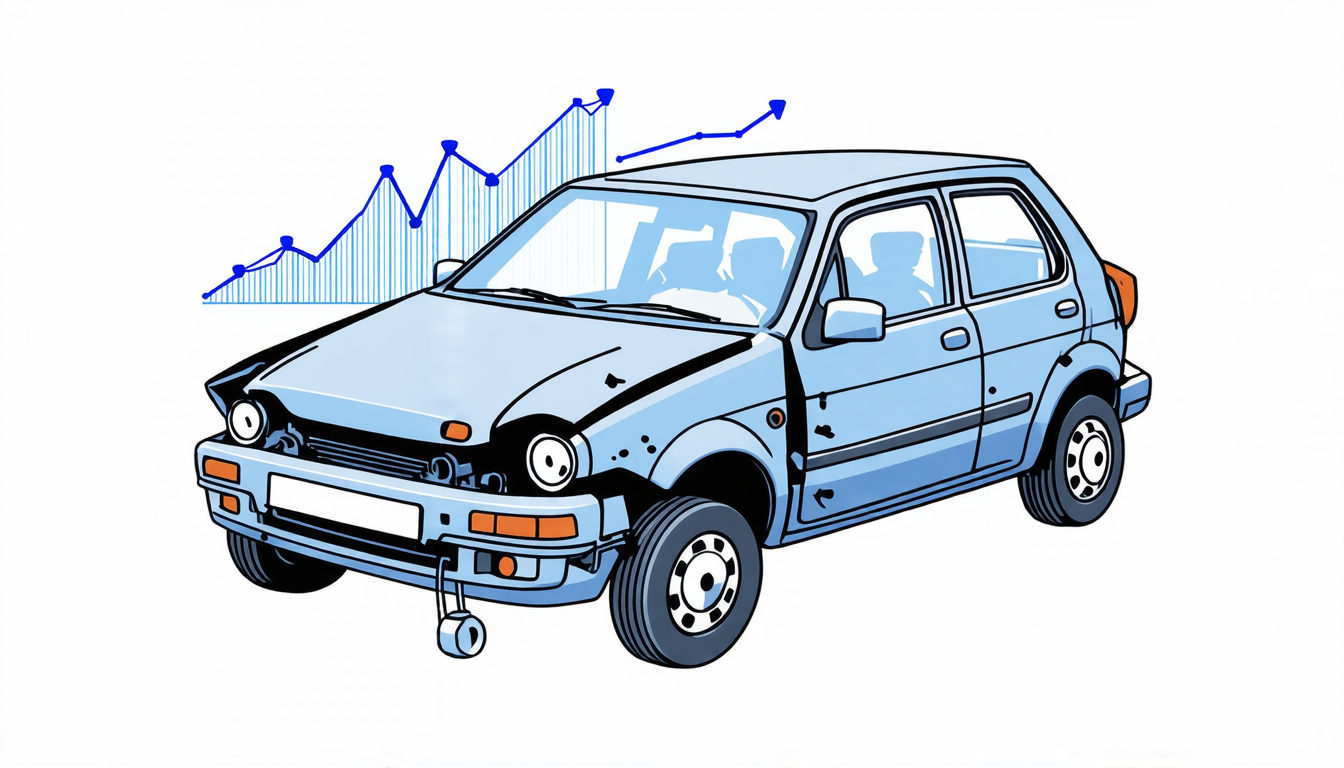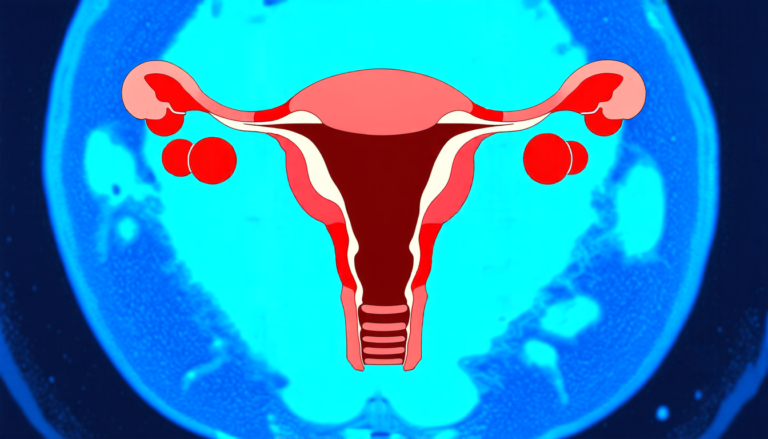Thursday 01 May 2025
The quest for predicting when a machine will finally give up the ghost has long been a challenge for engineers and scientists. From worn-out car parts to aging aircraft engines, being able to accurately forecast when something will fail is crucial for minimizing downtime, saving money, and keeping people safe.
A team of researchers has made significant strides in this area by developing a new approach to predicting remaining useful life (RUL). Their method uses machine learning algorithms to analyze data from sensors embedded within machines, allowing them to identify patterns that indicate when a part is nearing the end of its lifespan.
The key innovation here lies in the way the team handles data scarcity. In many cases, the amount of data available for analysis is limited, making it difficult to accurately predict RUL. To combat this issue, the researchers developed a new framework called parameterized static regression, which uses historical estimates and approximates a parametric function based on underlying assumptions during labeling.
This approach allows the team’s algorithm to learn from small amounts of data, making it more effective for real-world applications where data is often sparse. The algorithm can also be easily adapted to different types of machines, making it a versatile tool for industries such as manufacturing and transportation.
The researchers tested their method on two public benchmarks: CMAPSS, a dataset featuring aircraft engine degradation simulation data, and N-CMAPSS, which includes real flight conditions. Their results showed that the algorithm outperformed previous methods in both datasets, achieving high accuracy even with limited data.
One of the most significant advantages of this new approach is its ability to capture temporal dependency, or the way that a machine’s condition changes over time. By analyzing historical estimates and incorporating these patterns into their predictions, the team’s algorithm can better anticipate when a part will fail.
The implications of this research are far-reaching. For industries that rely on complex machinery, being able to accurately predict RUL could mean significant cost savings and reduced downtime. In addition, this technology has the potential to improve safety by allowing for more targeted maintenance scheduling.
As machines become increasingly interconnected and data-driven, predicting their remaining useful life will only continue to grow in importance. This new approach provides a promising solution to this challenge, and its applications are likely to be felt across a wide range of industries.
Cite this article: “Predictive Maintenance: A New Approach to Extending Machine Lifespan”, The Science Archive, 2025.
Machine Learning, Remaining Useful Life, Rul, Sensor Data, Parameterized Static Regression, Machine Failure Prediction, Predictive Maintenance, Industrial Applications, Data Scarcity, Temporal Dependency.







